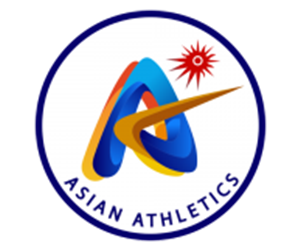
Training and Common Cold
It is a commonly known fact that many athletes become vulnerable to common colds caused by viral infections during endurance training. This can have a major impact on the athlete’s training, and severely hamper their peak performance. Ideally avoiding an infection would be the best solution, however there is no guaranteed way to ensure this. Some studies have shown that athletes training for more than 60 min at a time at >80% of their maximum ability has a suppressive effect upon the immune system. It has been seen that athletes are most vulnerable to infections in the 2-hour window period after endurance training.
Training during an acute illness is not without its risks. Physical exertion during an illness can lead to worsening of symptoms and prolonging the condition, and sometimes it can cause conditions as severe as myocarditis (inflammation of the heart muscles) and rhabdomyolysis (breakdown of muscles) with kidney damage, severely affecting not just athletic performance but also the health of the athlete.
Recreational athletes have the luxury of waiting to be fully symptom free unlike elite athletes who might have upcoming events. The respiratory and gastrointestinal systems are the most commonly infected.
Return to training
Unfortunately, there is no “one size fits all” approach to advice on return to training after illness. Most infections last for an average of 7 days, after which the athlete may feel well enough to resume training.
Many athletes may be aware of the “above and below the neck” rule. This mainly states that those suffering with symptoms above the neck like runny nose, sore throat may continue training at a reduced intensity, and those with symptoms above the neck like cough, chest pain and body ache should refrain from training.
Recommendations are:
i) Athletes should restart training only when the infection has cleared, and there is no remaining muscle pain, malaise, fever or diarrhoea etc. ii) The return to training should be gradual and the athlete should be closely monitored for any symptoms. The return to training is also dependent upon the duration and severity of symptoms during the illness. iii) The athlete should not be undergoing any alternative training, like an endurance athlete doing strength training instead of endurance training. iv) If the athlete has been prescribed antibiotics, then training should wait until course of medication is fully completed and the athlete has recovered fully.
Prevention strategies
i) Maintain personal hygiene ii) Avoid close contact with infected people iii) Frequent handwashing and avoid sharing personal items like water bottles and towels iv) Coaching staff should ensure adequate rest and recovery, and reduce stress. Inadequate sleep and increased stress can reduce immune function, increasing susceptibility to infections. v) Ensure adequate nutrition and a balanced diet. Vitamin supplements help to improve immune function, and probiotics have been seen to reduce gastrointestinal disorders.
Comments are closed.


